Flex office spaces have traditionally been associated with metropolitan areas, catering to the needs of businesses seeking flexible work arrangements. However, in recent years, there has been a notable shift in this trend, with tier II and III cities across India witnessing a surge in demand for flex office spaces. The latest report by MyBranch-Qdesq explores the underlying factors driving this phenomenon and its implications for the commercial real estate landscape in non-metro cities.
Changing Workplace Dynamics:
The way we work has undergone a significant transformation, driven by advancements in technology and evolving employee preferences. With the rise of remote work and hybrid models, businesses are increasingly seeking office spaces that offer flexibility and adaptability. Flex office spaces, equipped with modern amenities and flexible lease terms, are well-positioned to meet these changing needs, making them increasingly attractive to businesses in tier II and III cities.
Flourishing Startup Ecosystem:
Tier II and III cities are witnessing a surge in entrepreneurial activity, fueled by a vibrant startup ecosystem and access to local talent. Startups in these cities often operate on limited budgets and require cost-effective office solutions that offer scalability and flexibility. Flex office spaces provide an ideal environment for startups to thrive, offering affordable rental options, shared amenities, and opportunities for collaboration and networking.
Conducive Government Policies:
Government initiatives aimed at promoting business growth and entrepreneurship have played a significant role in driving the demand for flex office spaces in non-metro cities. Ease of doing business reforms, incentives for startups, and investments in infrastructure development have created an enabling environment for businesses to thrive outside of traditional metropolitan hubs. Recognizing the importance of coworking spaces, policymakers have also extended support to the flex office sector, further fueling its growth.
Infrastructural Advancements:
Infrastructure development, including improved transportation networks, digital connectivity, and quality of life amenities, has enhanced the appeal of tier II and III cities for businesses and employees alike. Non-metro cities are increasingly seen as viable alternatives to metropolitan areas, offering a balance between urban amenities and a lower cost of living. Sustainable development practices and investments in green infrastructure further contribute to the attractiveness of these cities for businesses seeking modern office spaces.
Market Growth and Projections:
MyBranch-Qdesq reports indicate a significant uptick in the demand for flex office spaces in tier II and III cities, with projections suggesting a 25% increase in flex office inventory by the end of 2024. Leading cities such as Pune, Ahmedabad, Jaipur, and Indore are driving this growth, with other emerging geographies also gaining traction. Moreover, the flex office sector is projected to generate significant revenue, with estimates suggesting a market size of USD 4.2 billion by 2025. Looking ahead, flex office spaces are expected to account for a substantial share of India's total Grade A and B office stock by 2030, underscoring the long-term viability and growth potential of this sector in non-metro cities.
Socio-economic Impact:
The proliferation of flex office spaces in tier II and III cities is not only reshaping the commercial real estate landscape but also driving socio-economic development. These spaces contribute to job creation, particularly in white-collar sectors, thereby stimulating local economies and fostering inclusive growth. By providing access to modern workspaces and employment opportunities, flex office spaces empower smaller cities and towns, enabling them to participate in India's economic growth story.
Conclusion:
The rise of flex office spaces in tier II and III cities represents a significant shift in India's commercial real estate paradigm. Fueled by changing workplace dynamics, a thriving startup ecosystem, supportive government policies, and infrastructural advancements, non-metro cities are emerging as attractive destinations for businesses seeking flexible office solutions. As this trend continues to gain momentum, it is poised to drive economic growth and inclusive development across the country, ushering in a new era of urbanization and opportunity.
Image source- business-standard.com/

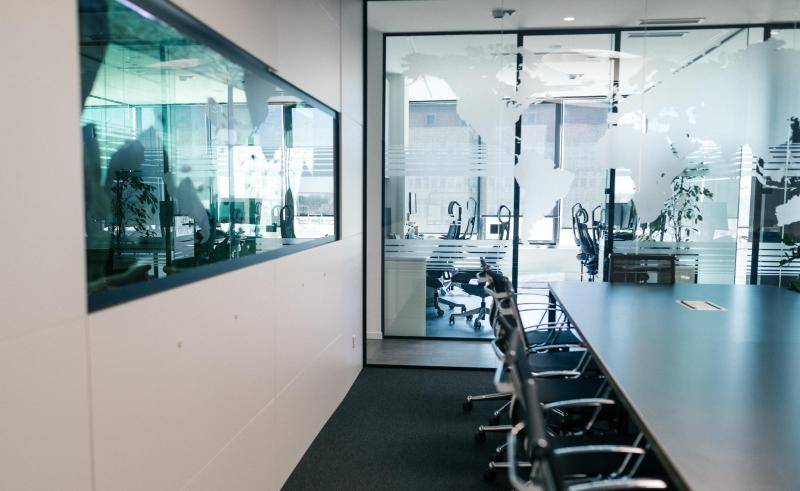
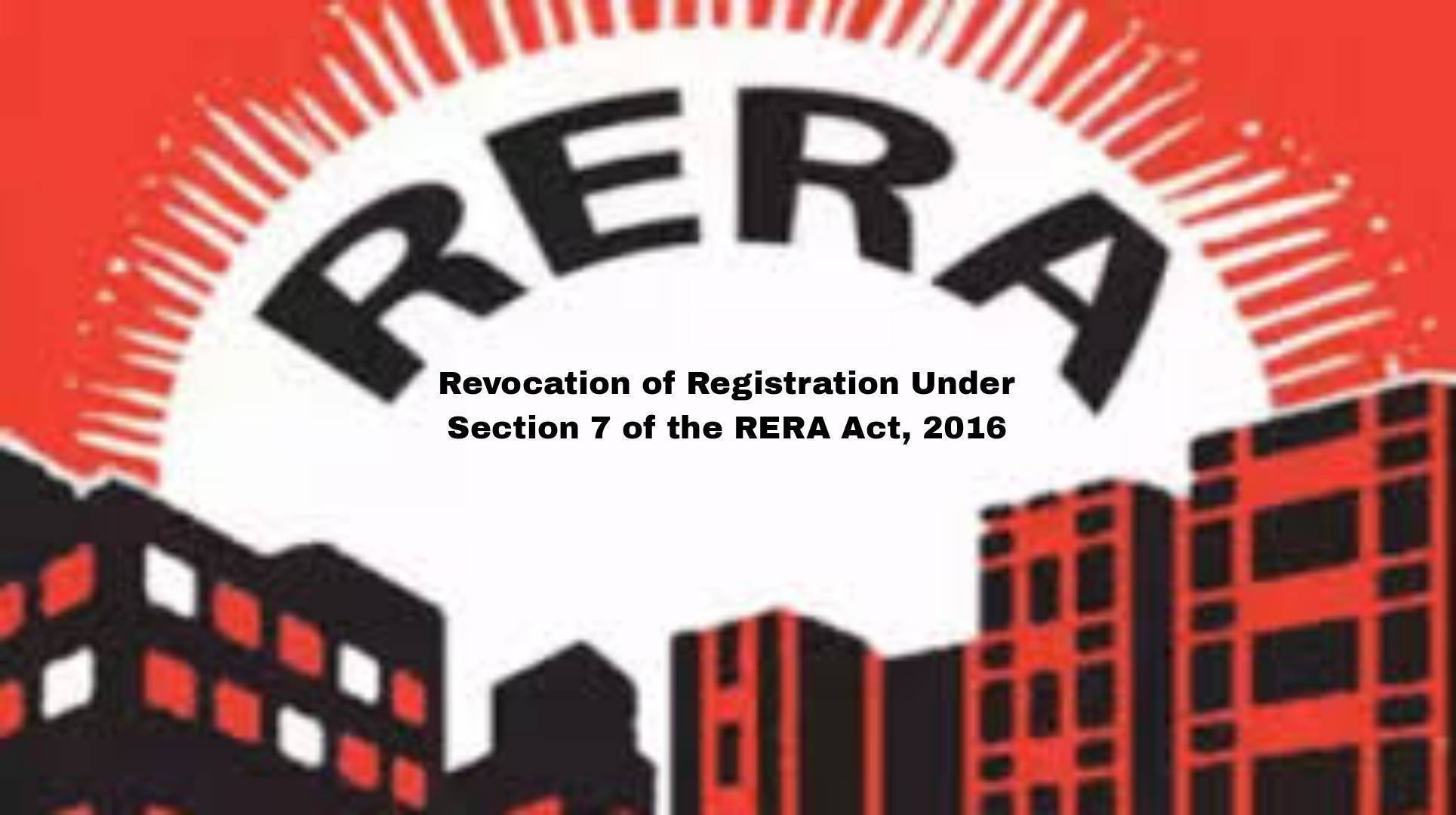
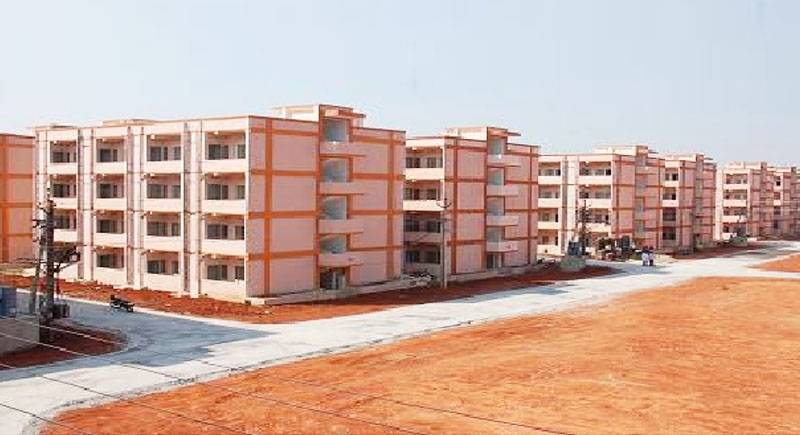

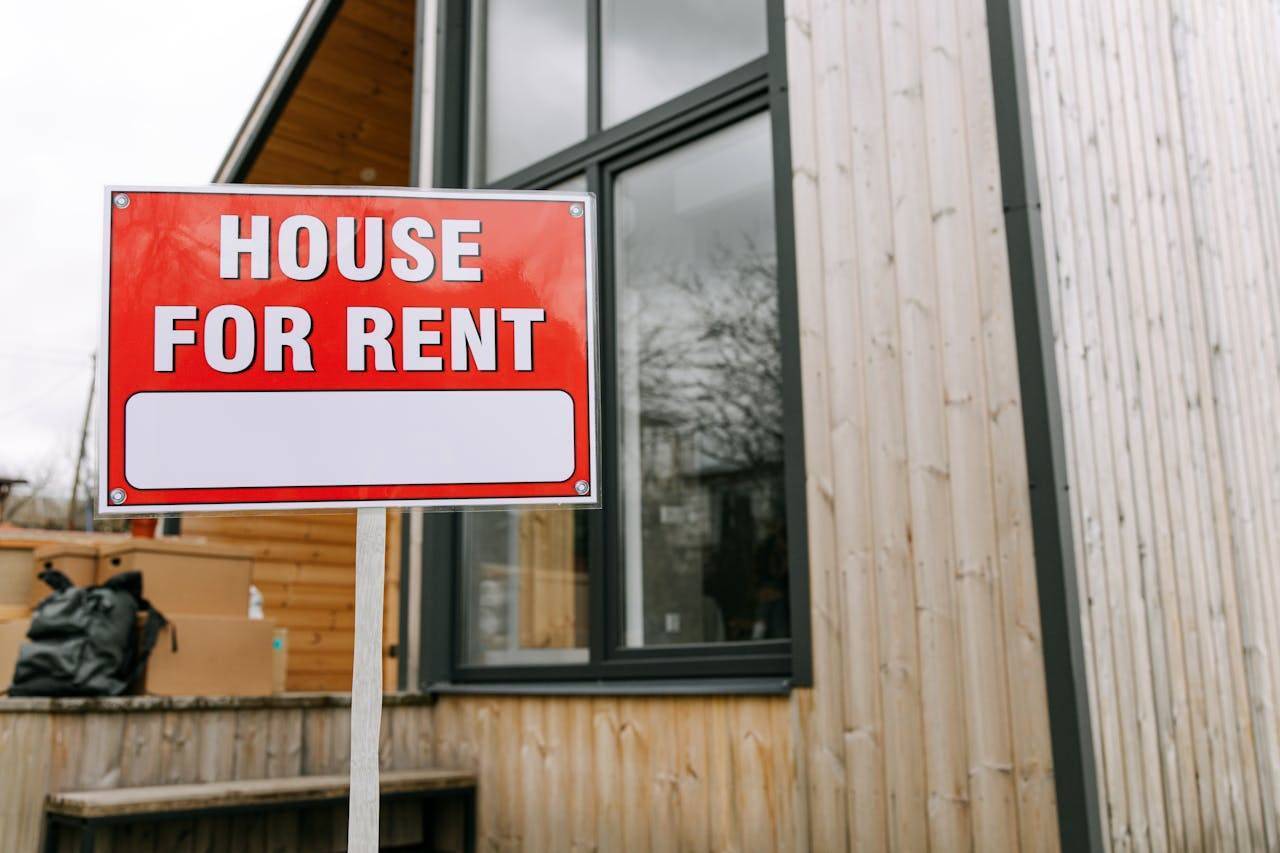
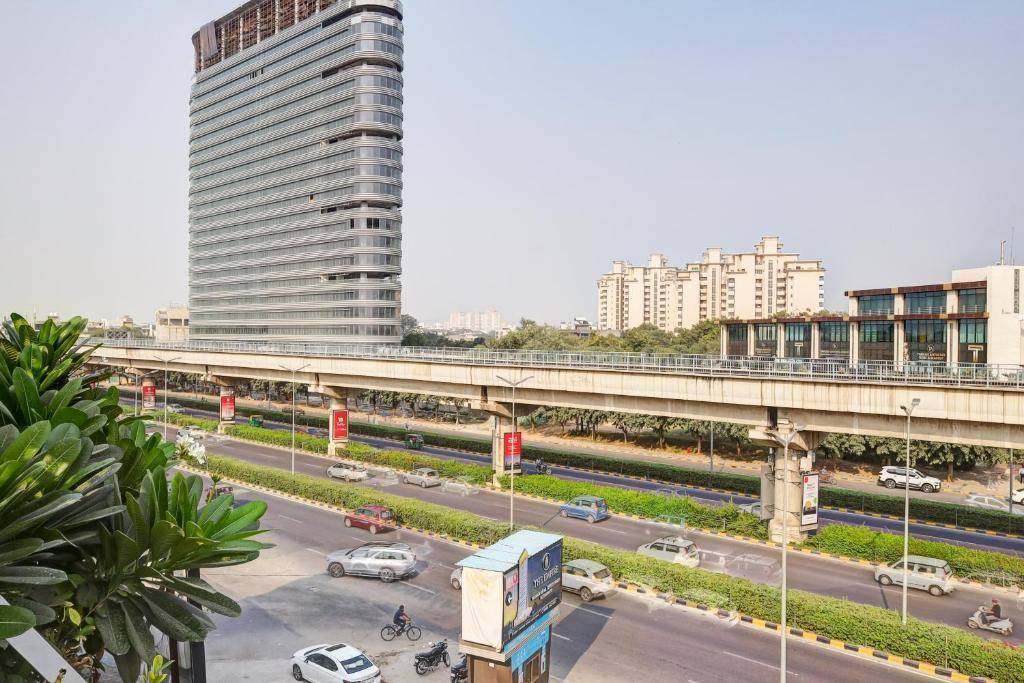

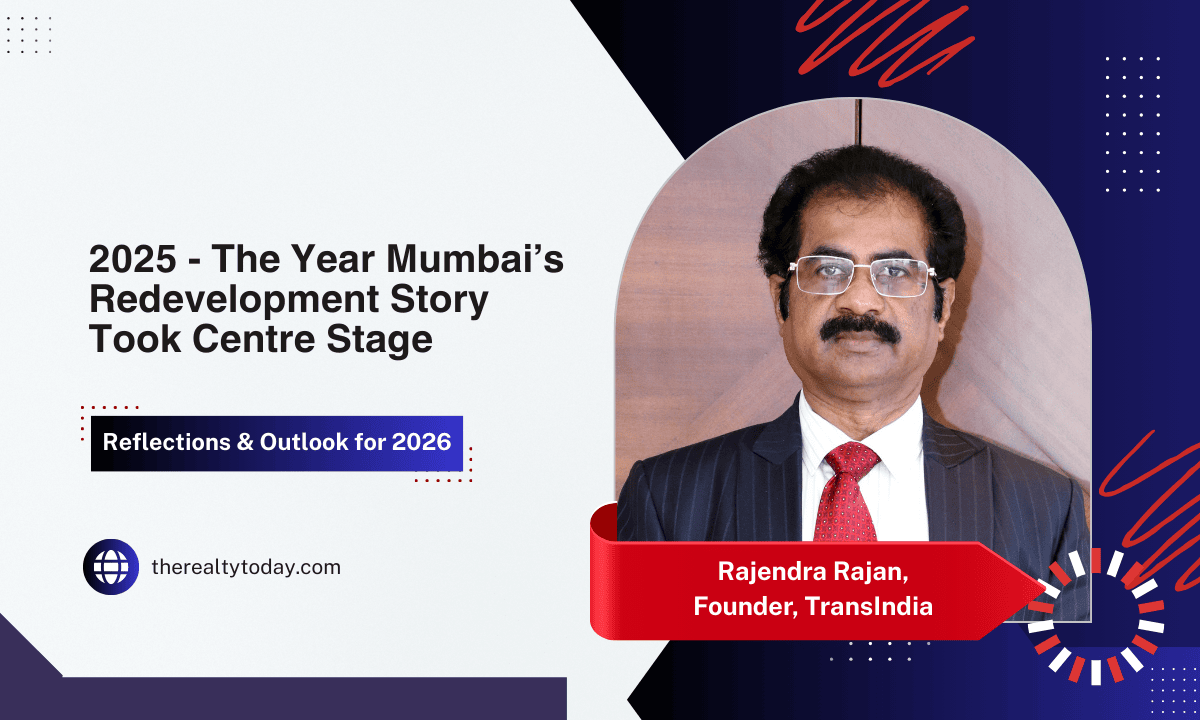
.png)